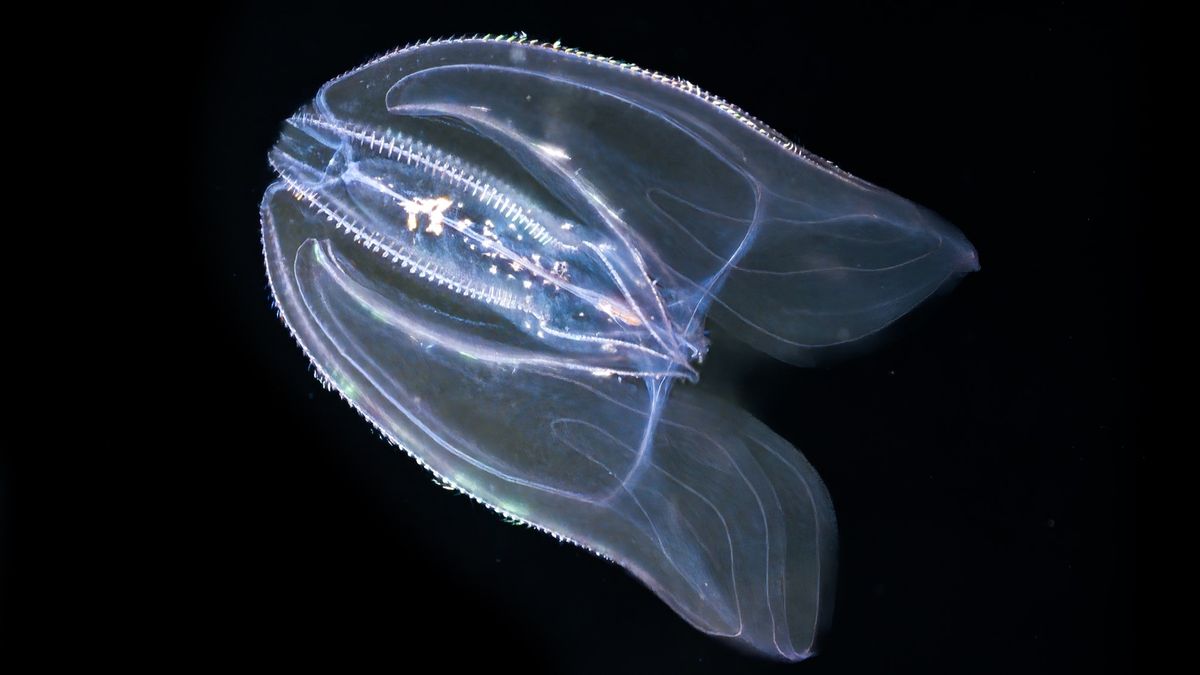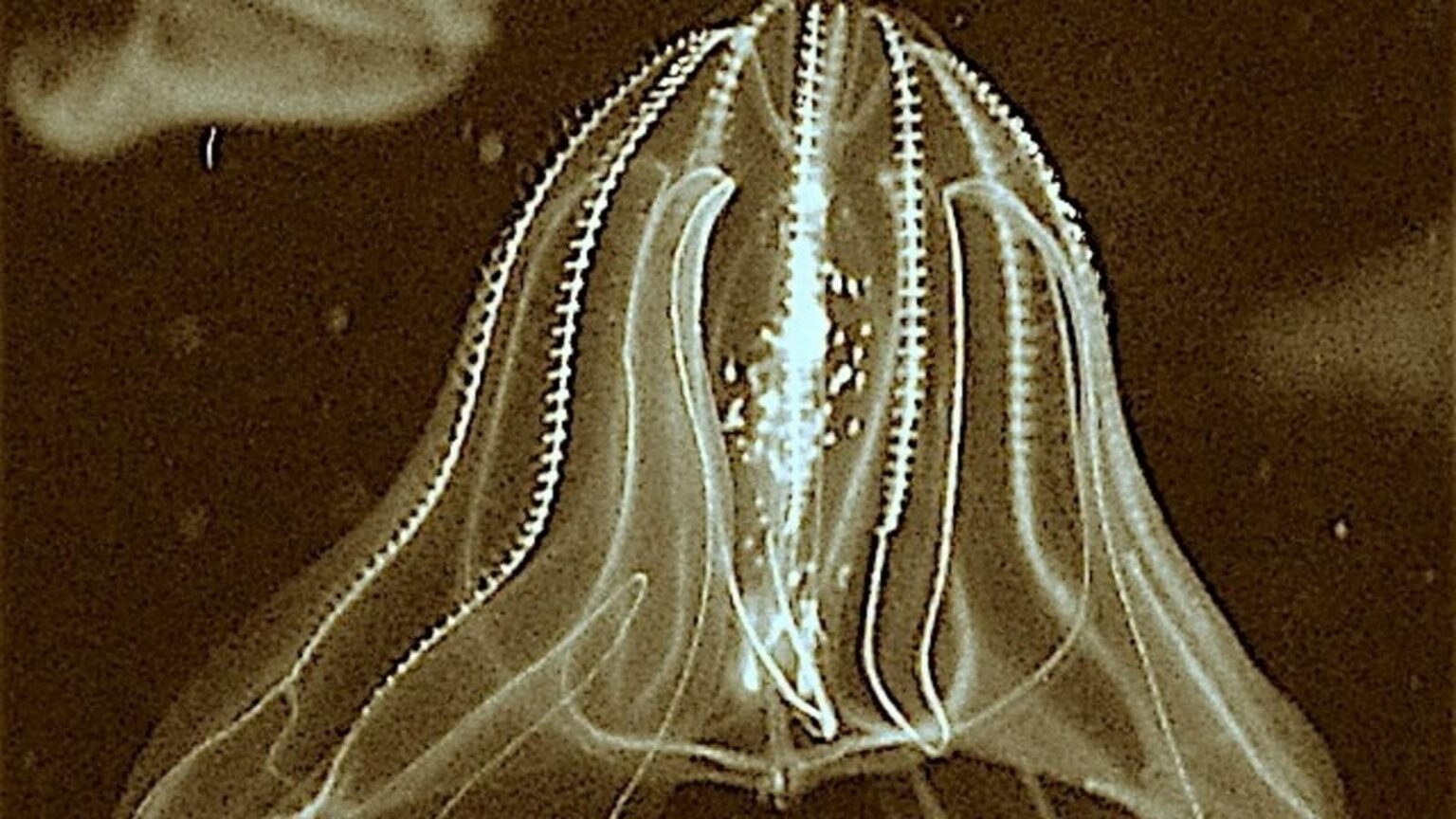In the enigmatic depths of our oceans, a remarkable phenomenon occurs among sea walnuts, or Mnemiopsis leidyi. These gelatinous, bioluminescent creatures have developed a unique survival strategy: merging. This fascinating behavior not only enhances their survival in a competitive marine environment but also showcases the intricate complexities of animal adaptation.

Source:- bbc news
Sea walnuts, native to the Atlantic Ocean, possess the ability to fuse together when environmental stressors arise, such as high predation pressure or limited food resources. During this merging process, two or more individuals come into contact, forming a larger, composite organism. This conglomeration provides multiple advantages, including increased size for defense against predators and enhanced feeding efficiency, as larger groups can capture more plankton.
Source:- news 18
Researchers have observed that this fusion process is facilitated by specialized cells in the sea walnuts’ bodies. These cells enable them to physically attach to one another, creating a temporary, shared structure that functions cohesively. The merging not only promotes resource sharing but also boosts reproductive success. By forming larger entities, sea walnuts increase their chances of successful spawning, as they can collectively release gametes into the water column.
Moreover, the bioluminescence exhibited by these organisms plays a critical role in their merging behavior. When threatened, a combined entity can create a more significant light display, potentially confusing predators and providing a vital escape mechanism.
This remarkable merging ability exemplifies the intricate relationships and adaptations that characterize marine life. As scientists continue to study the sea walnuts’ fusion, they gain insights into the evolutionary strategies employed by organisms in the ever-challenging oceanic environment. Understanding these behaviors not only enriches our knowledge of marine biology but also highlights the importance of conserving these unique ecosystems.
Share your views in the comments

